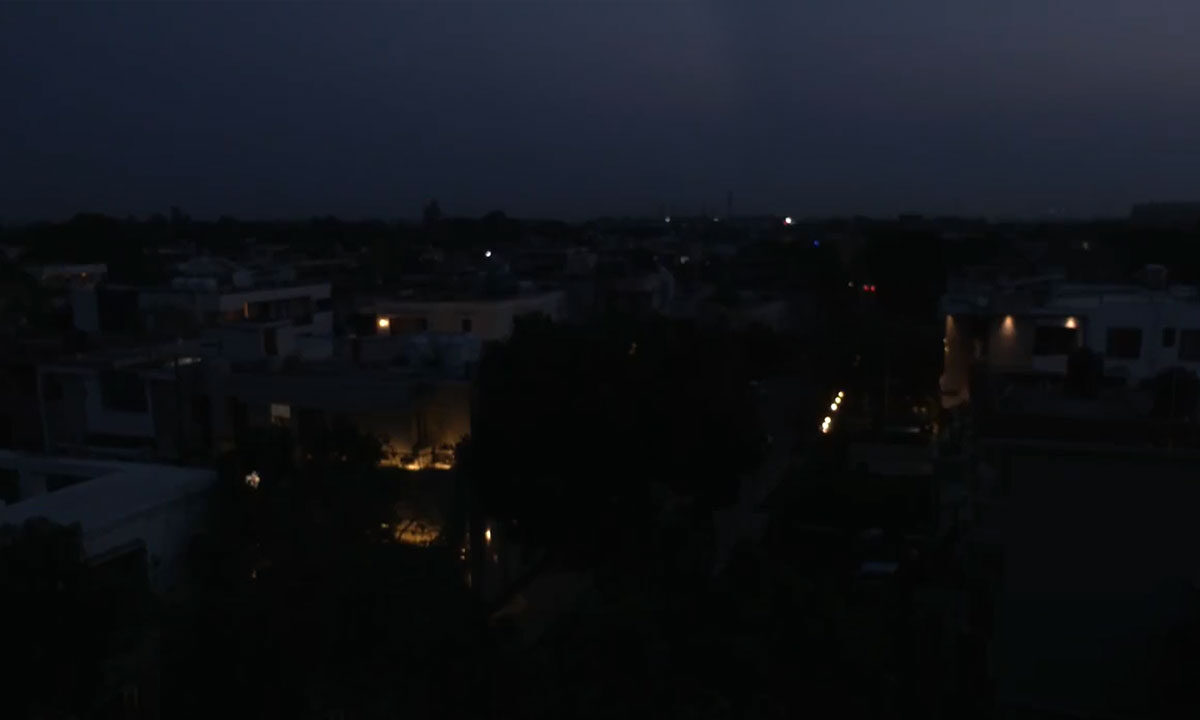After Strikes Inside Pakistan, India Tests Nationwide Emergency Response with Coordinated Blackout Drill
The exercise was designed to assess the nation’s readiness in the face of potential large-scale security threats and disruptions.

In a large-scale civil defence drill aimed at testing emergency preparedness, several Indian states conducted synchronised blackouts on Wednesday as per a directive from the Ministry of Home Affairs (MHA). The exercise was designed to assess the nation’s readiness in the face of potential large-scale security threats and disruptions.
Table of Contents
Major landmarks such as Rashtrapati Bhavan and Vijay Chowk in Delhi, as well as Raj Bhavan in Patna, took part in the blackout. Cities including Barmer, Gwalior, Surat, Shimla, and Patna executed coordinated power shutdowns and mock drills.
Metro Cities Test Emergency Response Systems
Prominent urban centres like Delhi, Mumbai, Pune, Bengaluru, Jaipur, and Gwalior also carried out earlier emergency response simulations. These drills focused on improving local response protocols and enhancing inter-agency coordination among security, civil defence, and emergency services.
Officials confirmed that the blackout drill helped gauge the level of coordination between departments and measured preparedness for real-time emergencies.
Operation Sindoor: India’s Precision Strike on Terror Camps
The civil defence exercise came just hours after India launched Operation Sindoor, a precision military operation targeting nine terror camps in Pakistan and Pakistan-occupied Jammu & Kashmir (PoJK). The strikes were in retaliation for the April 22 Pahalgam terror attack, which left 26 civilians, including a Nepali national, dead.
During a press briefing in Delhi, Foreign Secretary Vikram Misri, Wing Commander Vyomika Singh, and Colonel Sofiya Qureshi provided details of the operation. Wing Commander Singh highlighted that the airstrikes were carefully planned to avoid civilian casualties while destroying militant infrastructure.
“The strikes were aimed at delivering justice to the victims of the Pahalgam attack. All nine camps were neutralised with zero civilian damage,” Singh said.
Key Terror Camps Targeted, Footage Presented
Colonel Qureshi presented surveillance footage of the operation, showcasing successful strikes on terror training sites including:
- Muridke (linked to 2008 Mumbai attacks)
- Sarjal in Sialkot
- Markaz Ahle Hadith
- Barnala
- Markaz Abbas
- Mehmoona Joya Camp
These locations were known to be associated with terror groups like Lashkar-e-Taiba and Jaish-e-Mohammad.
India Reaffirms its Counterterrorism Doctrine
Foreign Secretary Misri described the Pahalgam attack as a “barbaric attempt to destabilise peace” in Jammu and Kashmir.
“Victims were gunned down at close range in front of their families—this was an act of calculated terror,” he said.
He affirmed that India’s response reflects a renewed counterterrorism doctrine based on “strategic decisiveness and zero tolerance.”
Security Measures Tightened Nationwide
The blackout drill, combined with Operation Sindoor, has been viewed as a clear indicator of India’s elevated security stance. Central and state agencies have been asked to remain on high alert, and public awareness efforts are being stepped up to prepare civilians for any emergency scenario.
